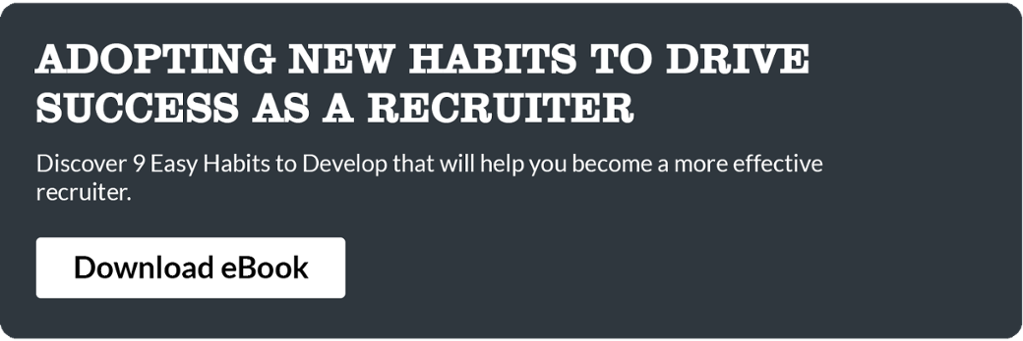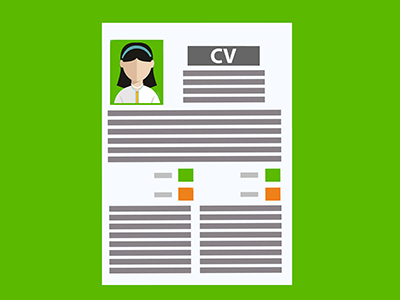Getting hold of candidates during the working day can be a nightmare, particularly because a one-to-one phone call is always preferred over email, SMS or InMail. Therefore, you’ll often need to contact candidates outside of working hours in order to reach them. But when is the most acceptable time to call candidates, and how do you capitalise on these out-of-hour call windows?
I have always worked to 3 prime time call blocks:
1. The Early Bird Catches the Worm (8am - 9am)
 This is a great time to contact candidates out of hours as you can catch them before they're in the office and starting their day. Let’s face it, the commute into work is never going to be fun, so this is a brilliant time to outline why the grass may be greener elsewhere. However, as this is a very brief window (in fact, the shortest of the 3 call blocks), it should be the best planned. I always aimed to contact at least three great candidates in this time at 8am, 8.20am, and 8.40am and to do this I always got them booked in at the latest the day before. A call out of the blue at 8am can easily get refused as your candidate has probably not had their morning coffee, or worse - they're queuing for their caffeine fix and have a 'do not disturb' tag on their head.
This is a great time to contact candidates out of hours as you can catch them before they're in the office and starting their day. Let’s face it, the commute into work is never going to be fun, so this is a brilliant time to outline why the grass may be greener elsewhere. However, as this is a very brief window (in fact, the shortest of the 3 call blocks), it should be the best planned. I always aimed to contact at least three great candidates in this time at 8am, 8.20am, and 8.40am and to do this I always got them booked in at the latest the day before. A call out of the blue at 8am can easily get refused as your candidate has probably not had their morning coffee, or worse - they're queuing for their caffeine fix and have a 'do not disturb' tag on their head.
So, this is when you can use the other methods of communication the morning or afternoon before. You can pick from SMS, email, Facebook Messenger, or a LinkedIn InMail; there’s never been more routes available to reach your candidates and spark interest. Paint a picture of why you want to call them and get them booked in to your morning call slot. As each of your call slots are only 20 mins I would only use this timeframe for candidates I knew well, I had a good relationship with already, or had worked with in the past. It meant that I had a better chance of keeping the call direct, to the point and it made it more likely that I’d secure the outcome I needed in the time allocated - which was usually to get them briefed on a new opportunity and to assess their interest in the role so I could consider them for my client shortlist. I would then have the morning to follow up by email with the relevant job profile and company details alongside reinforcing the positives of this role and how it would fit with the candidate I’d called that morning.
2. Eating’s Cheating (12pm – 2pm)
We all get hungry, but to get good at this game I ate in the downtimes before 12 if I was starving or I waited until after 2pm as 12 – 2pm was the time I allocated to reach my target list of potential candidates. The work that I would get done in the morning, sourcing and identifying potential candidates for my jobs, created my next list of candidates. I would aim to batter through at least fifteen calls where I would either reach the candidate by chance or at least leave a message for them to call me back during their lunch.
This would generally be the time I set aside to reach new potential candidates and spark interest in the jobs I was working on. I would aim to quickly get a feel for their high level work preferences, their availability, and their motivations to move. One of my reasons for not structuring this time like my morning call window was that historically, it had always been an acceptable time to call out of the blue and candidates would (if they could) generally take your calls or return your messages. The output of this session was to arrange a time for a face to face meeting or video interview and I would use a 5 ‘target candidates’ to 1 ‘secured to meet’ ratio to monitor my success.
Read: How to Manage a Candidate Job Offer
3. The Golden Hours (5:30pm – 8:30pm)
Ah, the unrestricted time to get to the people you want! Three whole hours of being able to do your job and get hold of people. I tended to use this time with candidates that I was wanting to assess deeper for their suitability to make one of my jobs shortlists. I scheduled the face-to-face interviews as soon as the candidates could get in to see me in the evenings and then the Skype ones could be done at the later slots of the ‘golden hour’ as these candidates had the time to get home and get prepared.
Between interviews, I would continue down my list of target candidates that I didn’t manage to reach at lunch and set up my next morning’s calls, but generally the evenings were the time that I could spend longer with candidates.
Now before you think, "I would quite like a life outside of recruitment - when do I get to relax?" it's not that I would do this every single day. Fridays had different rules - these were for beers with my colleagues after work! And let’s face it, candidates didn’t want to talk with me on a Friday, anyway. And Mondays? Well, generally these were too hard to face for both myself and the candidates, so I just accepted that my Tuesdays, Wednesdays, and Thursdays were going to be full on, but it balanced out the rest of the week.
Structuring my week in this way did give me the satisfaction that on a Friday I was able to reflect on the quality of my activities at the end of the week and assess how well I’d maximised my prime calling times against the quality short lists I sourced for my hiring managers.
Wendy McDougall
Wendy McDougall is Chief Fish of Firefish Software. In her spare time, you'll find her playing squash or feeding her inner geek with the latest technology!




